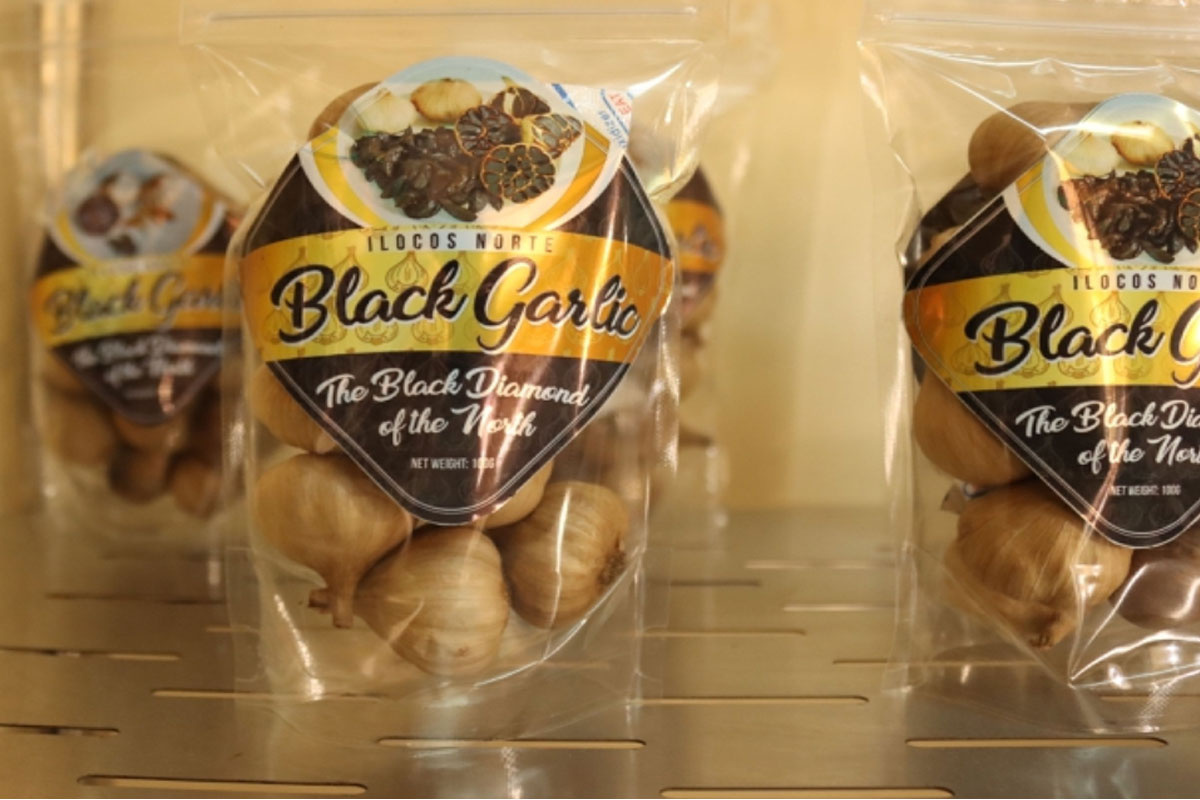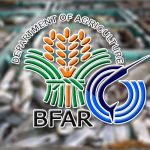 BLACK DIAMONDS OF THE NORTH — DOST NICER on Garlic and Other Agri-Condiments Center in Mariano Marcos State University are developing food innovations from black garlic.
BLACK DIAMONDS OF THE NORTH — DOST NICER on Garlic and Other Agri-Condiments Center in Mariano Marcos State University are developing food innovations from black garlic.
Black garlic innovations developed in Region I thru DOST-NICER Program

HAVE you tried black garlic ice cream? How about the dry condiment called furikake?
These curiously delicious food innovations are being developed by the Mariano Marcos State University (MMSU) – Garlic and Other Agri-Condiments Center funded under the Department of Science and Technology (DOST) – Niche Centers in the Regions for Research and Development (NICER) Program. .
One of the food innovations is the black garlic– a processed garlic product prepared by heat treatment at high temperatures and humidity for several days. The process that is used in making black garlic is known to amplify the nutrient properties of garlic, thus, making it beneficial to health. Black garlic, with its marketing potential, can be suited to those who are health conscious and determined to supplement their diets with nutritious food.
“The NICER program is designed to support regional development,” says DOST Assistant Secretary for International Cooperation and Officer-In-Charge of the Undersecretary for R&D Leah J. Buendia. “Through sustainable innovation programs like the NICER in every region, we support the interests of every Filipino like the garlic farmers, traders, and local businesses to promote national economic progress.”
The NICER Garlic and Other Agri-Condiments Center aims to uplift the garlic industry in the region by developing an integrated crop management system, enhancing garlic storage processes, improving the usability and profitability of garlic through black garlic processing, and determining the key strategies in improving the competitiveness of local garlic through value chain analysis.
Through the development of low-cost but sustainable technologies, the garlic farmers and processors are expected to increase their yield (from 3.8 t/ha to 5 t/ha), reduce bulb weight loss (from 50% to 10%) and increase their income (30%).
For those interested to apply for funding from the DOST-Science for Change Program, please visit their website at www.s4cp.dost.gov.ph. A nationwide call for proposals is open to accept applications from September 14, 2022 to October 14, 2022.





















